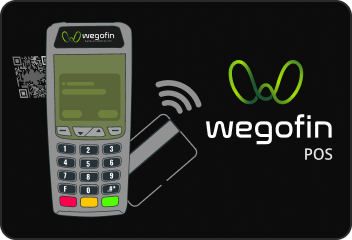Unified Payments Interface (UPI) has revolutionized digital transactions in India, providing users with a fast, secure, and convenient way to send and receive money. While most UPI transactions have been free for consumers, there have been discussions and updates regarding potential UPI charges. In this guide, we will explore UPI payment charges, their applicability, and what users should know before making transactions.
Are UPI Payments Free?
Initially, UPI transactions were completely free for both individuals and merchants to promote cashless transactions in India. However, with the rapid growth in digital payments, banks and payment service providers have proposed certain UPI charges to cover operational costs. While most peer-to-peer (P2P) transactions remain free, certain conditions may attract charges.
Understanding UPI Charges
UPI Charges for Individuals
For most users, UPI transactions through apps like Google Pay, PhonePe, and Paytm are free. However, some banks may impose charges for high-value or excessive transactions. The latest updates on UPI charges include:
- No charges for regular P2P (person-to-person) transfers.
- Possible charges for business-related payments or merchant transactions.
- Charges applicable on credit card-linked UPI transactions, depending on the bank.
UPI Charges for Merchants
Merchants accepting UPI payments may be subject to certain charges:
- Merchant Discount Rate (MDR): Some UPI payments, especially through credit cards, may attract MDR fees.
- UPI Lite Charges: Some banks may introduce nominal charges for microtransactions.
- Wallet-Based UPI Payments: Payments made from wallets linked to UPI may incur additional transaction fees.
Transaction Limits and Fees
- Daily Transaction Limit: Most UPI platforms allow transactions up to ₹1 lakh per day, though this varies by bank.
- Number of Transactions: Some banks limit the number of free UPI transactions per month, after which charges may apply.
- Charges for High-Value Transfers: If applicable, these charges range from ₹1 to ₹5 per transaction for business-related UPI payments.
How to Avoid UPI Charges?
- Use P2P Transactions: Sending money to friends and family remains free.
- Check Bank Policies: Some banks impose charges beyond a certain number of transactions.
- Avoid Business Payments on Personal UPI Apps: Merchants should use UPI business solutions to minimize extra costs.
Future of UPI Charges
The Reserve Bank of India (RBI) and the National Payments Corporation of India (NPCI) are considering ways to balance operational costs while maintaining affordability for users. While free transactions continue, new policies may introduce nominal UPI charges for certain use cases in the future.
Conclusion
UPI remains one of the most cost-effective and efficient digital payment solutions in India. While personal transactions are largely free, businesses and high-value transfers may attract UPI charges. Staying informed about bank policies and transaction limits can help users avoid unnecessary fees. Keep an eye on updates from banks and the RBI to understand the latest changes in UPI payment charges.









